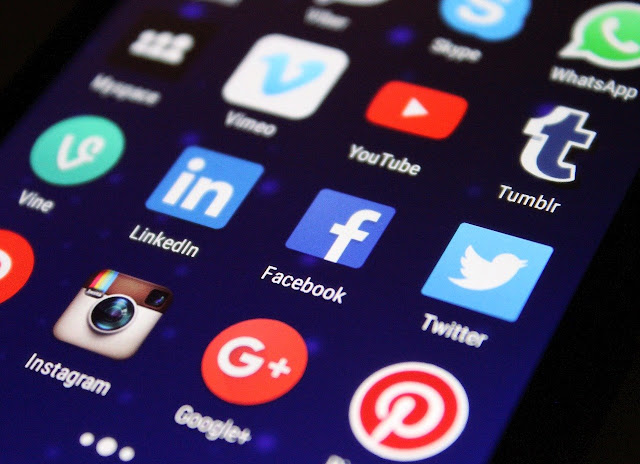Natural versus paid traffic: A manual for comprehension and gaining by both (video)
Would you like to pay a repetitive,
possibly unpredictable cost for ensured traffic to digital marketing
agency in brighton site, or would you like to make a one-time venture to
produce that equivalent – however not ensured – measure of traffic?
It's an intense inquiry.
In any case, it's the distinction among
paid and natural traffic. While the ultimate objectives are apparently
something similar, the methods for accomplishing them contrast significantly.
How do these apparently entirely went
against procedures work in actuality? Also, before you read any further,
realize that the two sorts have a task to carry out in your advertising system.
It doesn't need to be either/or.
We'll separate down every strategy, its
advantages (and downsides) and its significance in 2019.
READ
MORE: Top 5 Ways to
Identify Local SEO Keywords
What
is natural traffic?
Natural traffic implies guests who show up
to your site through web indexes – without you straightforwardly paying for
this pathway. By tapping on natural postings that show up in web search tool
results pages (SERPs), clients are dealt to your site through their own common
drives.
For what reason would somebody tap on one
outcome over another?
For
various reasons:
It seemed, by all accounts, to be the most
important and valuable snippet of data accessible on the page.
It seemed, by all accounts, to be from a
trusted, learned source.
It seemed to coordinate with their
particular hunt purpose at that point.
Natural traffic is only that: natural. It
enables searchers to discover data online that best suits their necessities
without being pressured or maneuvered toward tapping on paid advertisements.
Promotion space is bought by brands at a foreordained rate, giving them,
basically, first dibs on searchers' consideration when they land on a SERP.
In ppc services can consider paid promotions the fake
"1%," living at the highest point of SERPs for no other explanation
than they could stand to buy their way into mindshare.
Natural, then again, depends on a more
essential business-searcher relationship without weighted scales: simply the
chance to genuinely draw in for commonly valuable purposes. I (the searcher)
need data, and you (business) appear to have it.
Which
kinds of substance are best for natural traffic?
Natural traffic is created through website
streamlining. You compose search-accommodating substance, it shows up in SERPs,
clients discover your page and they click on it.
The act of SEO is to create the most
exhaustive, pragmatic and valuable page so it positions high in SERPs and
natural clients can discover it as consistently as could really be expected.
And keeping in mind that this pathway addresses natural traffic as a measurement,
SEO is anything but a fixed, digital marketing
company edinburgh strategy that ensures
that 1,000 site guests today approaches another 1,000 site guests tomorrow.
Out of the blue a contender can create a
more compelling piece of substance and siphon away traffic from your site to
theirs. So the essential focal point of substance for SEO ought to outclass
contender pages and keeping your pages refreshed.
This is normally refined through:
Blog articles, frequently evergreen.
Points of arrival, item or administration
centered.
Recordings.
Infographics.
As should be obvious, natural traffic is
frequently top of pipe, and searcher expectation is enlightening. The key is to
attract traffic to pages that will live on your site for quite a while (or
everlastingly), that are upgraded around a solitary seed watchword and that
give data in a UX-adjusted climate.
What
is paid traffic?
Paid traffic from web search tools shows up
to sites when a client taps on a commercial put on a SERP for a given pursuit
term. This promotion is made and paid for by an organization – with the guide
of an advertisement stage – trying to show up first in web crawlers.
As should be obvious, the objective of both
natural and paid traffic crusades is something similar: to be tapped on more
frequently than any other individual vieing for a similar inquiry term.
Paid pursuit publicizing exists inside a
computerized open-closeout offering stage like Google Ads. Google sets a cost
for a catchphrase and organizations bid on that watchword. Google at that
point:
Assesses your most extreme bid (regularly
estimated as pay-per-snap, or PPC).
Surveys the pertinence of your proposed
promotion as it identifies with the term being bidded on.
Doles out a Quality Score, an estimation of
active visitor clicking percentage, greeting page quality and promotion
pertinence.
As you take a gander at SERPs, you'll note
that there are regularly a few promotions at both the top and the base.




Comments
Post a Comment